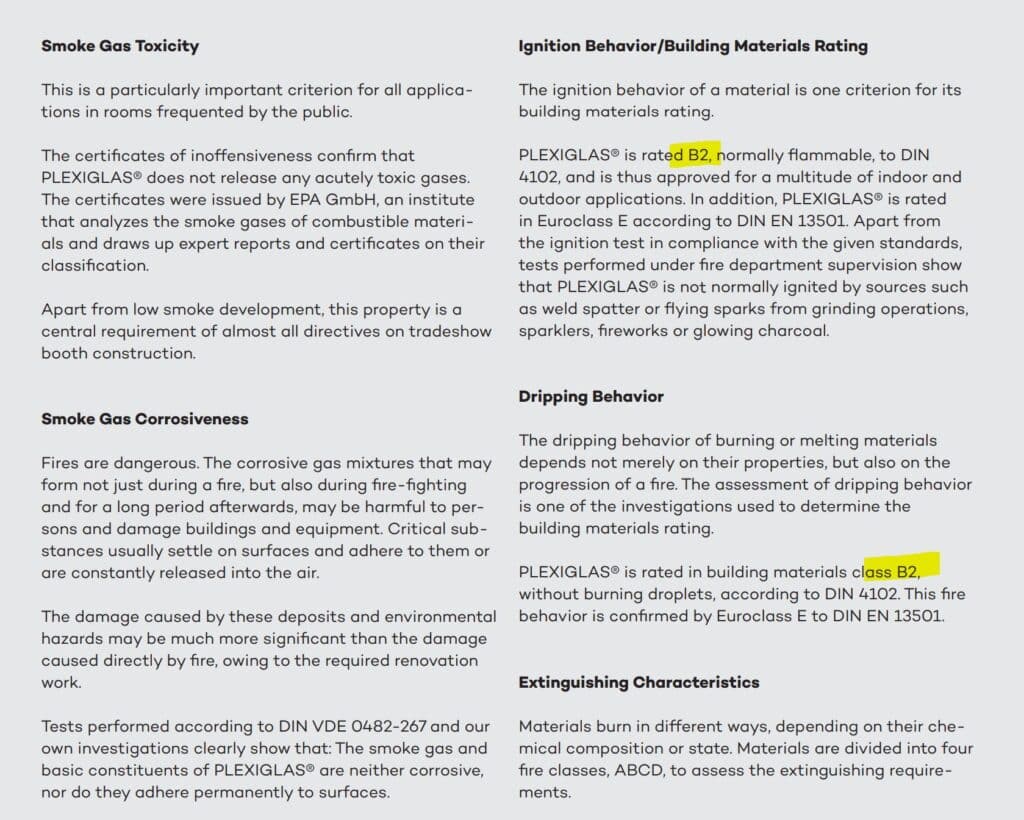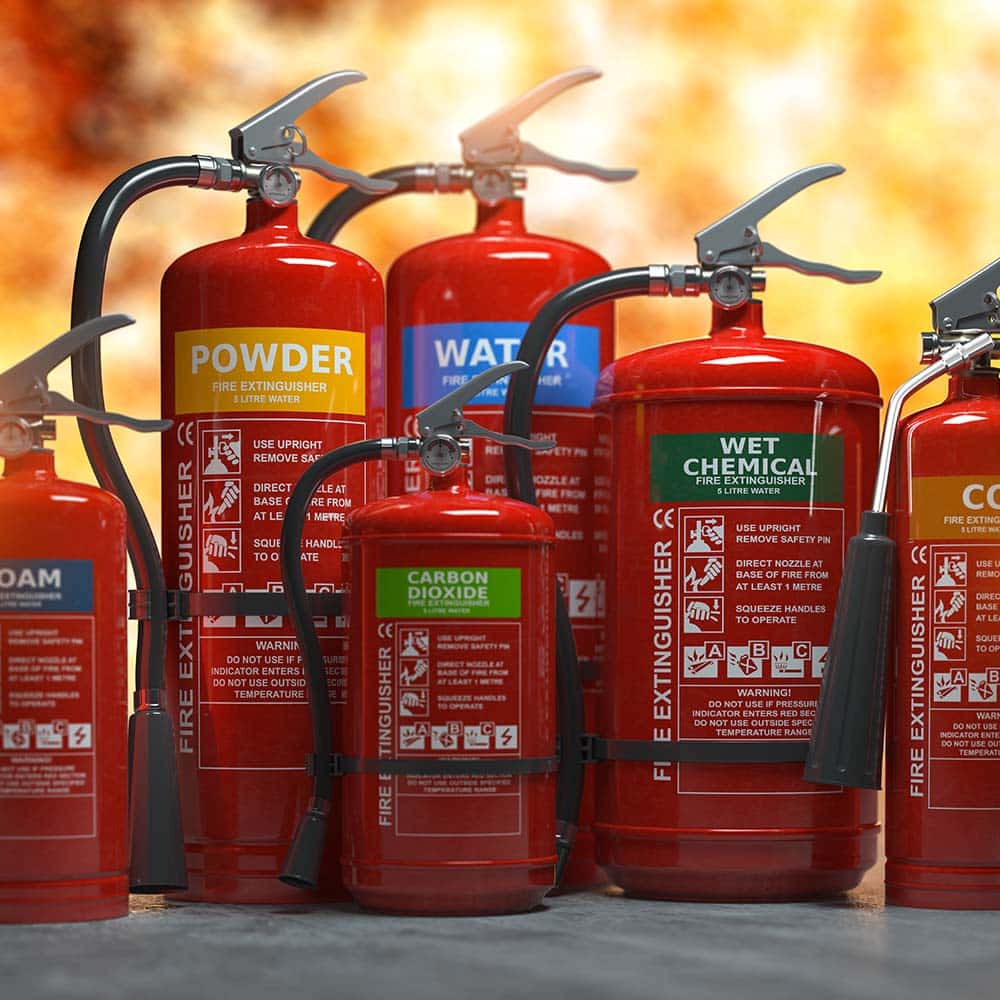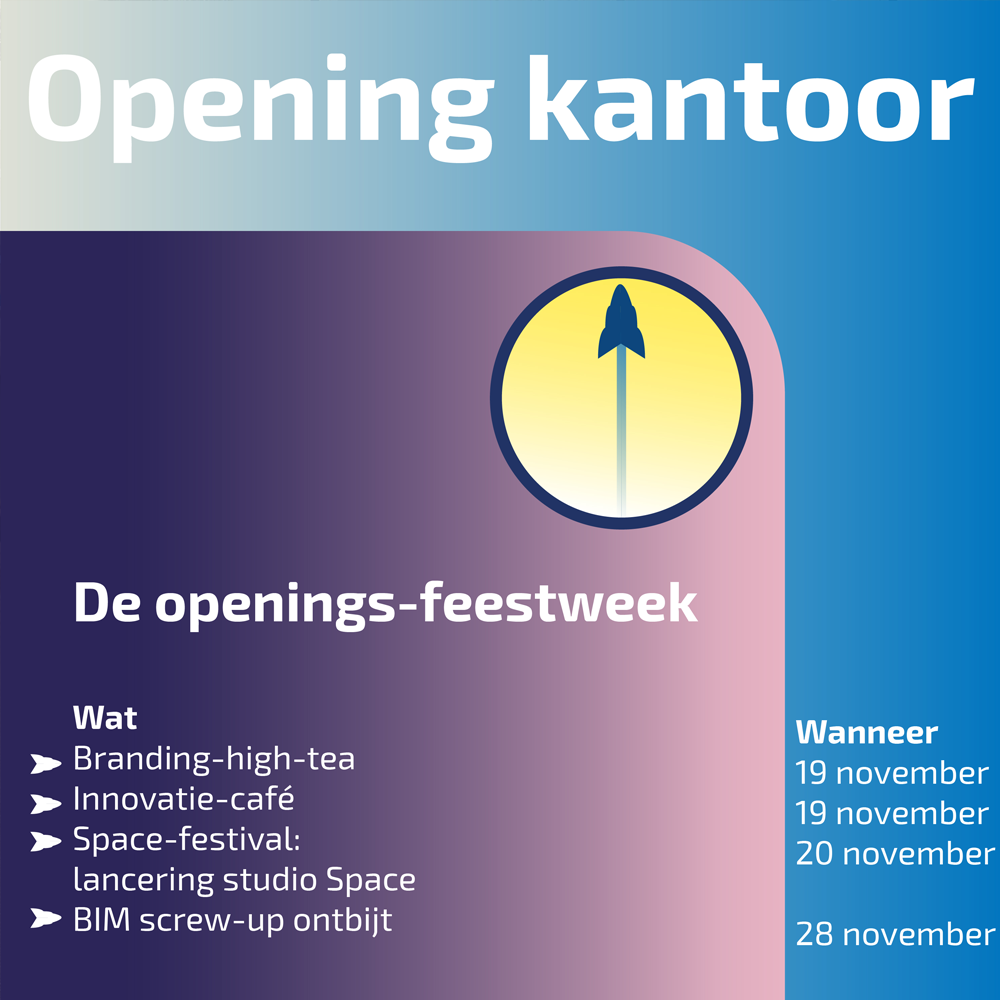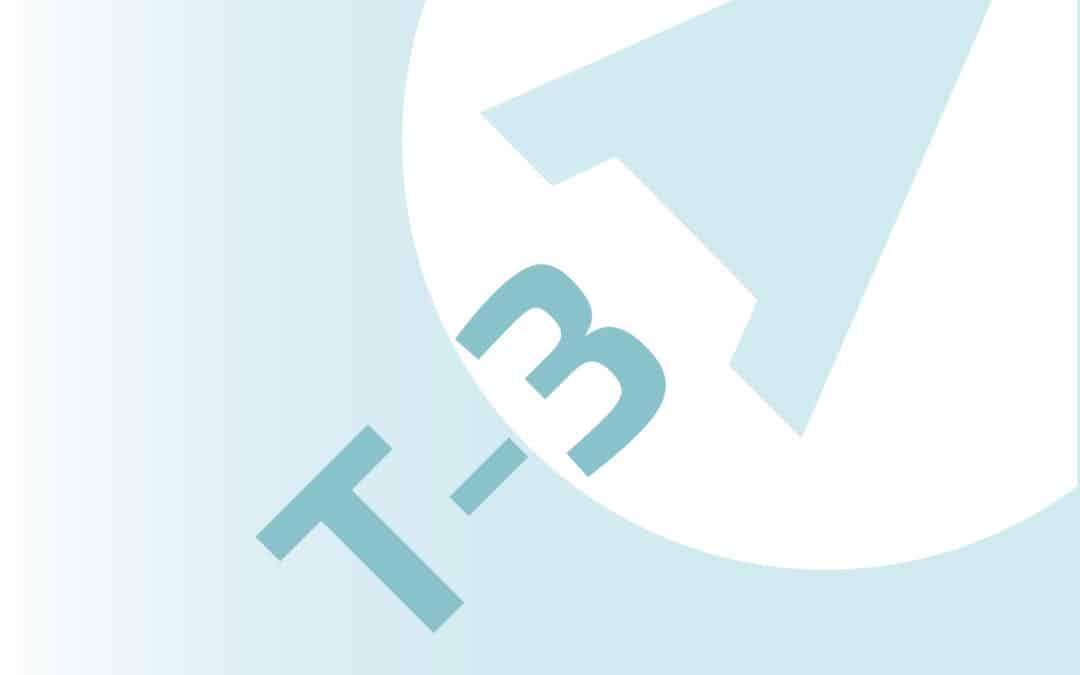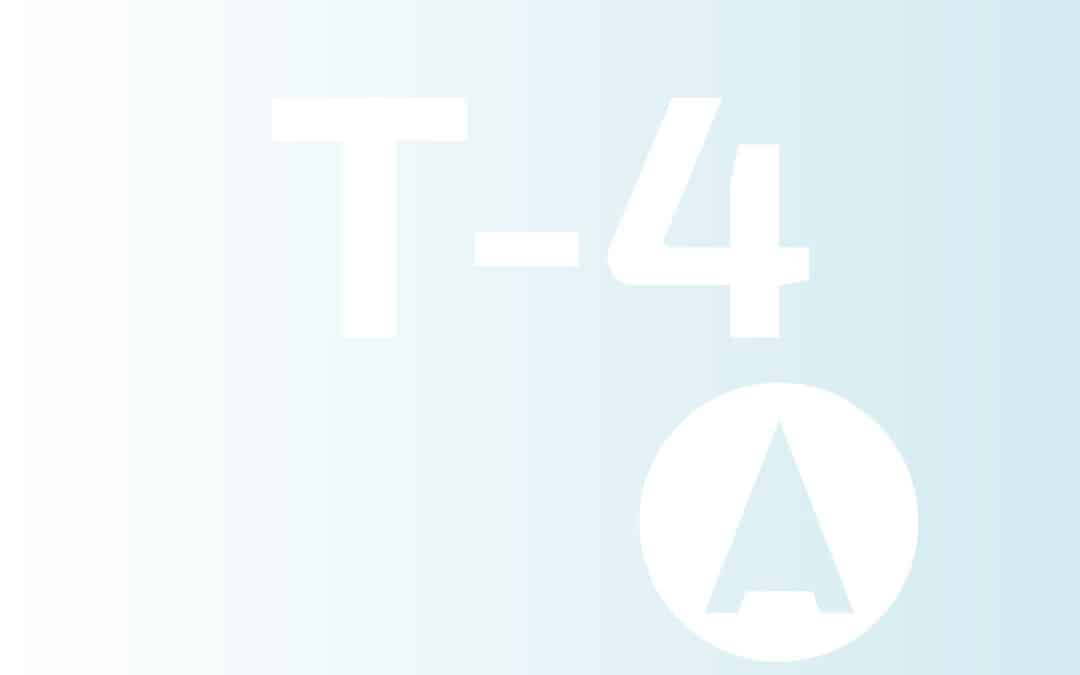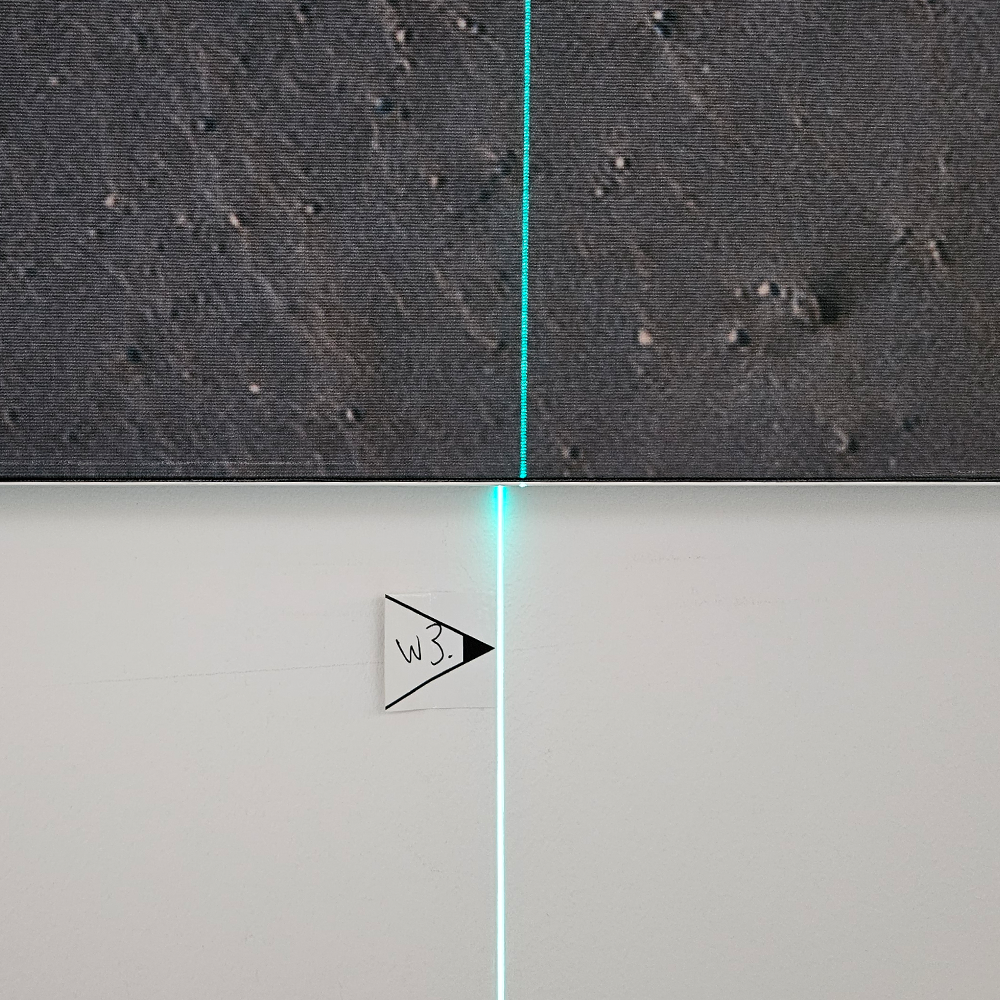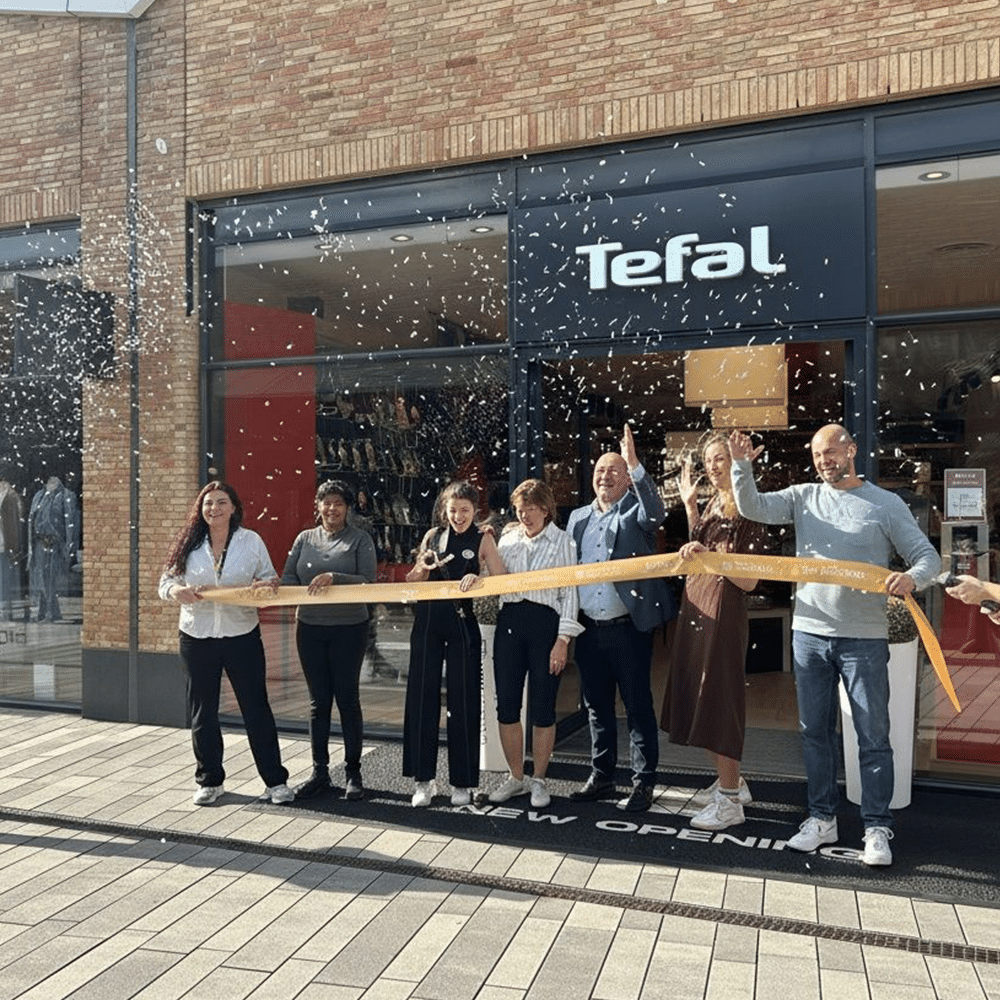What is a fire rating?
A fire class is an indicator of the flammability of a structure, structural component or material. The fire rating is referred to in various construction situations to determine whether a material may be used in a design. For several clients such as Victoria’s Secret, Bath & Body Works , Nike and Gamestate, we analyzed the concept to determine or substantiate whether materials could be applied in the context of fire safety so that this could be incorporated into the architectural design. Fire rating is different from fire resistance. Fire resistance is about preventing the spread of fire, fire class is about the behavior of materials in case of fire.
Betekenis van de afkortingen
A fire class can have different designations, but the most commonly used is the scale of A-F in accordance with European regulations (NEN 13501-1). This determines in which class a construction material is classified. The class is then designated by an encoding of a particular sequence of digits and numbers. Here, A stands for “non-combustible” and F stands for “highly combustible. That coding may include more abbreviations to indicate certain properties:
- de letter ‘D’: dit geeft aan of een bepaald product bij brand kan gaan druppelen. Volgens het bouwbesluit mogen boven hoofdhoogte geen brandbare materialen worden toegepast die kunnen druppen.
- de letter ‘S’: dit geeft aan in hoeverre er rookontwikkeling ontstaat
- afkortingen als ‘fl’: dit verwijst naar de positie van het product, ‘fl’ verwijst naar ‘floor’: het product wordt toegepast op de vloer waarbij het vormen van druppels dus niet zoals bovenstaand beoordeeld wordt.
De Brandklassen
- Klasse A 1 en A2: materialen in deze klasse dragen niet bij aan brand of zijn praktisch onbrandbaar, zoals steenachtige materialen en giskarton
- Klasse B: moeilijk brandbare materialen, die een beperkte bijdrage leveren aan brandgevaar: bijvoorbeeld PVC vloerbedekking, cementgebonden spaanplaat, brandvertragende mdf
- Klasse C: brandbare materialen die een bijdrage leveren aan brandgevaar, zoals houtsoorten en gipslaten met behang
- Klasse D: goed brandbare materialen zoals hout, onbehandeld multiplex, MDF, ISB, spaanplaat en hardboard
- Klasse E: materialen die een grote bijdrage geven aan brand: kunststof, brandvertragend EPS
- Klasse F: uiterst brandbaar: EPS of ‘nog niet getest’ en daarmee valt het automatisch in de klasse met hoogste risico
Rookklassen
- S0: geen rookvorming: baksteen
- S1: geringe rookvorming: steenwol of gipskarton
- S2: gemiddelde rookvorming van ondoorzichtige rook: geïmpregneerd hout
- S3: dichte rook: bijvoorbeeld EPS plaat of PUR schuim
Druppen
Not dripping from a burning material is important if materials can be applied overhead.
- D0: gedurende 10 minuten zijn er geen druppels of deeltjes: bijv. hout of steenwol
- D1: in de eerste 10 minuten vormen zich meer dan 10 seconden druppels: bijv. kunststof
- D2: De vorming van druppels is onbeperkt, langer dan 10 seconden: bijv. polystyreen
For example, the Fire Class “B1-S1-D1 means: in the Fire Class B1 “non-combustible”; S1 no “smoke formation” and D1 “no falling droplets from the burning material.
Waarom worden bepaalde brandklassen gevraagd?
The fire class required often has a clear relation to the use of the building, the structural situation, the materialization of the structural situation, but also the function of a window area can be important. For example, low-rise buildings are subject to a lower risk class than high-rise buildings. And a nursery is subject to a higher risk class than a storage facility. But similarly, in, say, a mall’s escape corridor, a higher risk class applies than in retail storage areas.
Twee voorbeelden vanuit onze projecten:
Flooring
A project in hospitality where NewArmstrong provided the design, technical drawings and project management: an Arcade Hall in a shopping center in Berlin. In the arcade hall where many people congregate, flooring is used in the play area.
The escape route runs through the play area. The flooring here is a carpet of tufted nylon. The fire class requested from the regulations is fire class B1: difficult to burn materials. The material used has the code B-fl-S1: fire class B: the code FL stands for “floor” and S1 for “low smoke formation. This meets Fire Class 1.
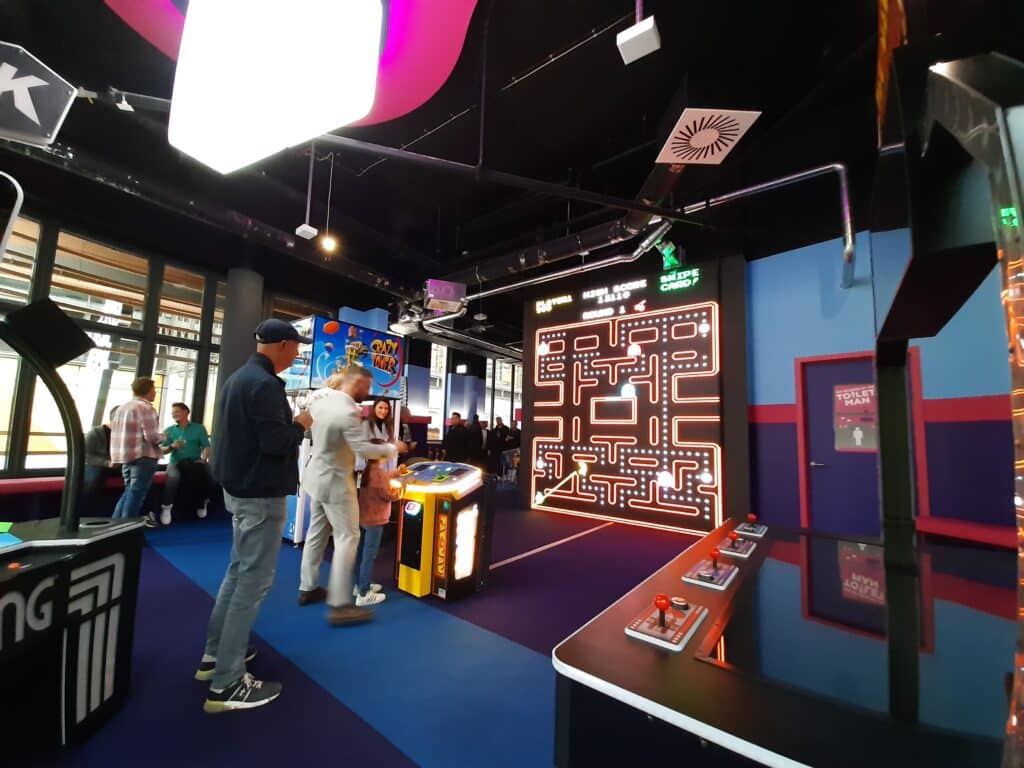
Logo in het winkelcentrum 
In the mall, a logo is applied in the public area. For this, NewArmstrong created the façade design. Fire class B1 is also required here; not contributing to fire. Two materials are possible for the logo: Acrylic glass and Polycarbonate. Acrylic glass or Plexiglas (Plexiglas is the brand name) is a different composition as Polycarbonate or Lexan. Below is the difference between Lexan and Plexiglas. Plexiglas is fire class B2, so this does not comply. This is also visible in the photos: there is strong smoke development after 90 seconds.
Polycarbonate is a product that does meet the requirements. B1-S1-D0: B1; does not contribute to fire (self-extinguishing) -S1 little smoke – D0: no droplets.
So the material to apply for a logo in the mall is Polycarbonate; not Acrylic glass.
Do you have a design or construction issue? And do you think fire or fire behavior is an issue in that? And do you need expertise on this that thinks and advises? If so, please contact us and we will be happy to discuss your case to see if we can help.



